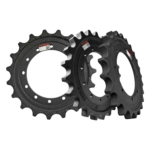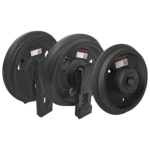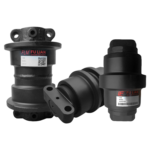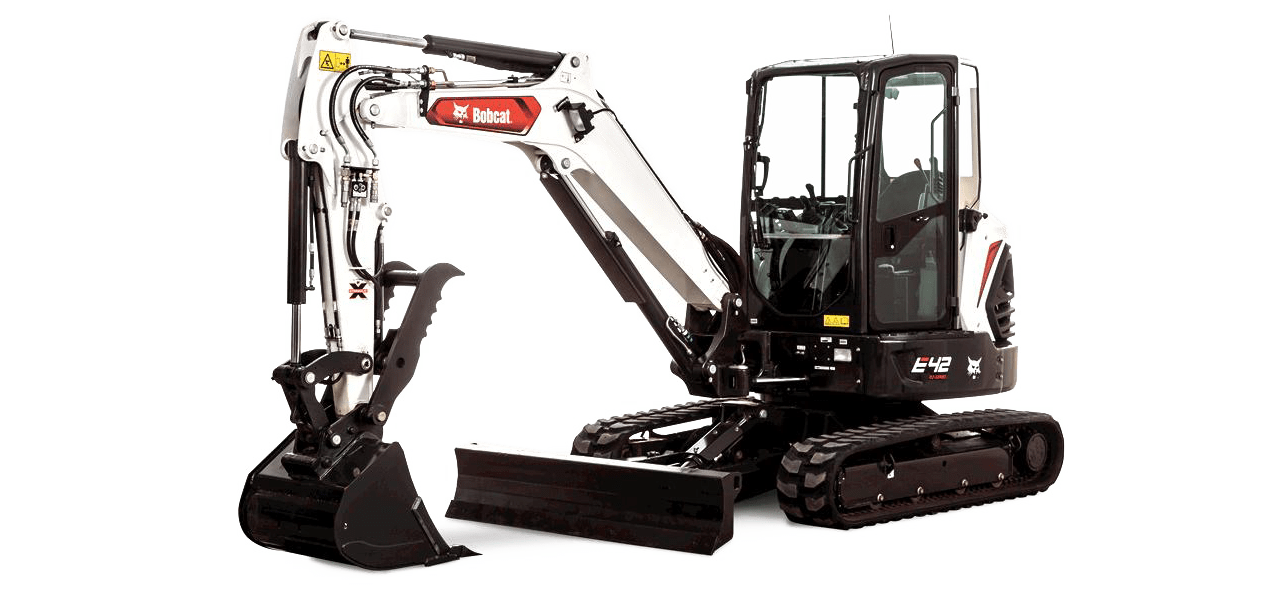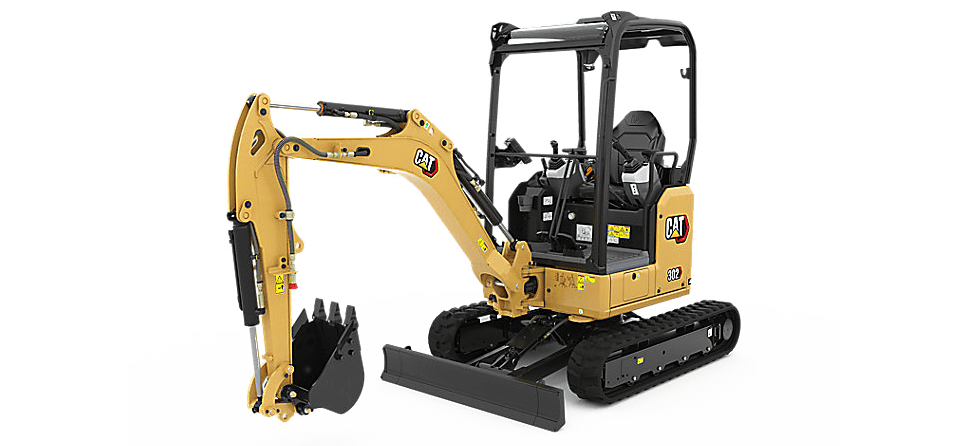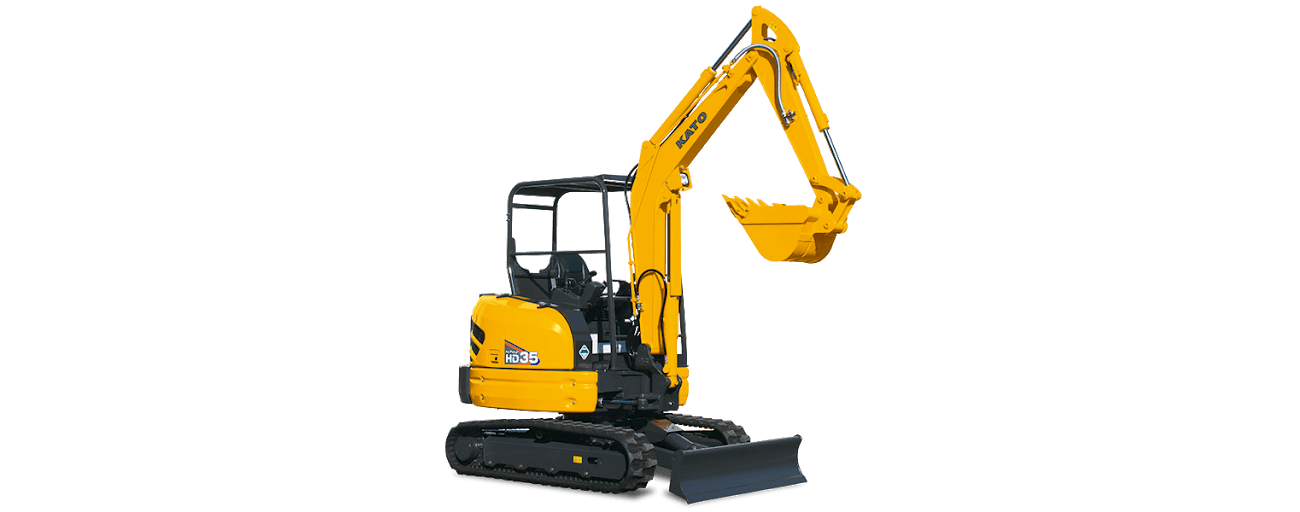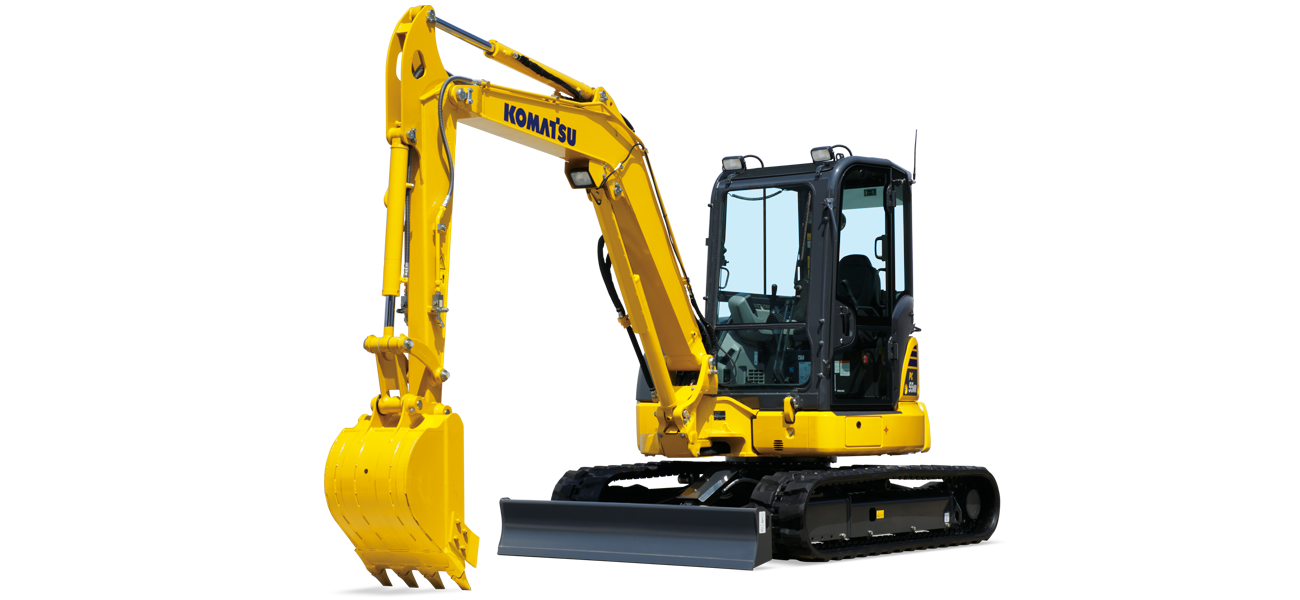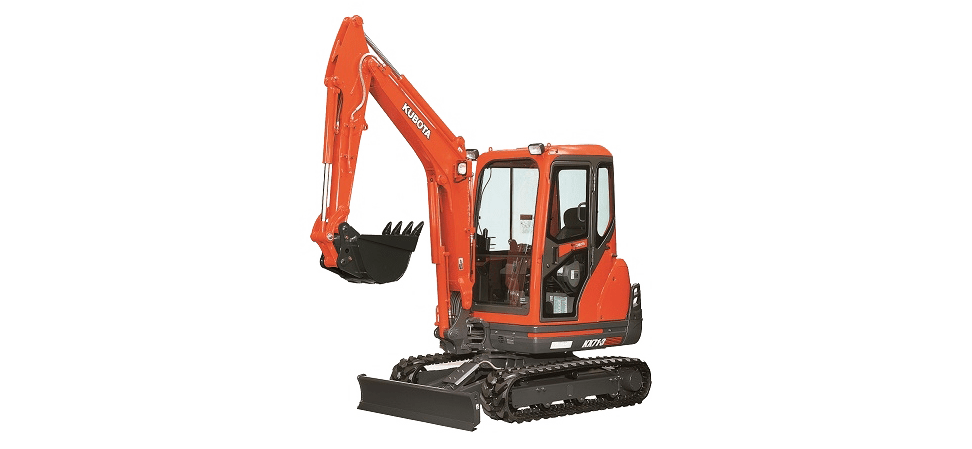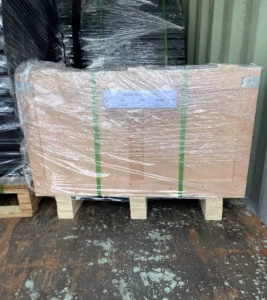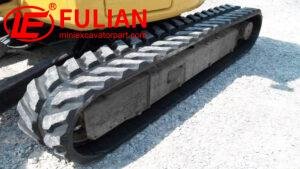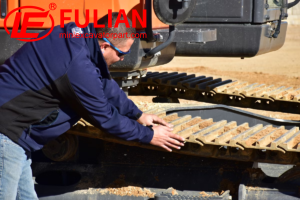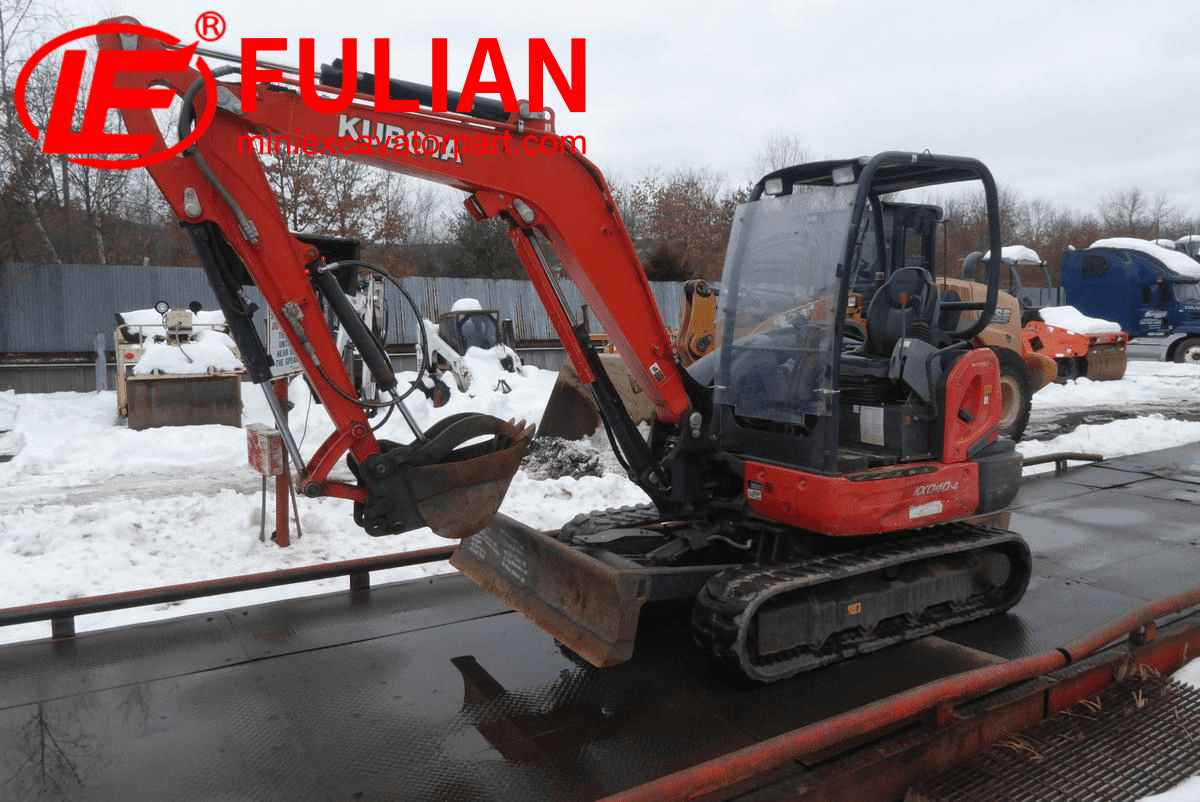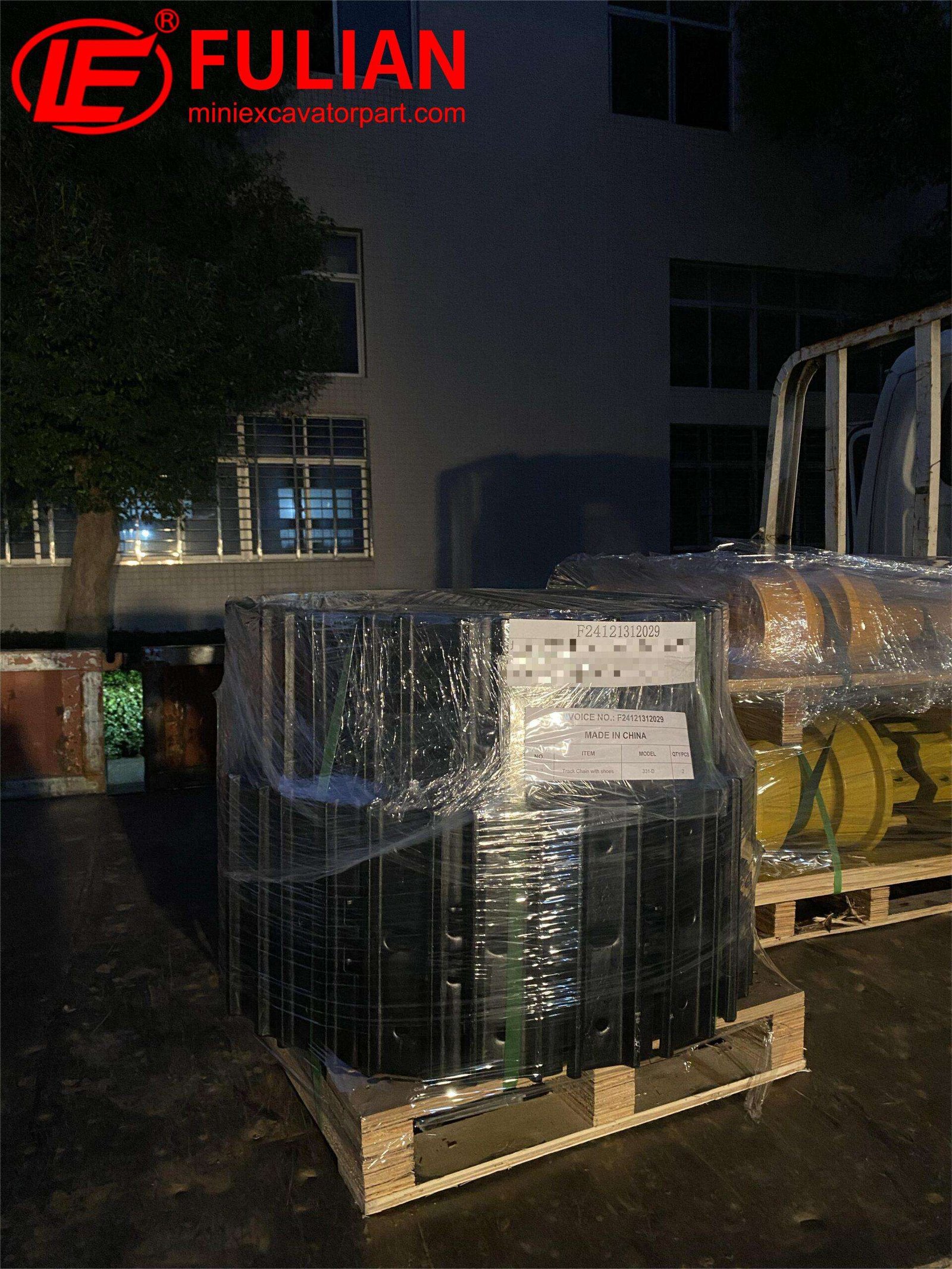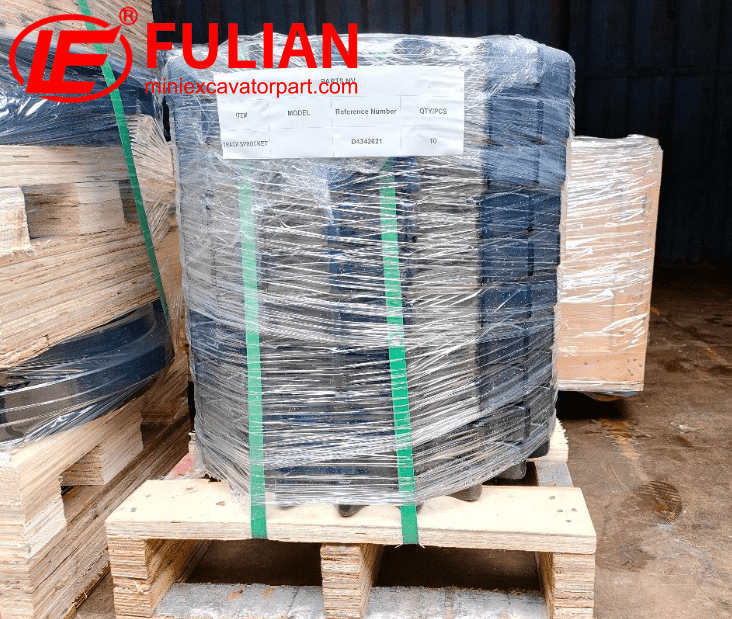Determining the necessity for a new track adjuster on your excavator is crucial for proper machine operation and undercarriage maintenance. Here’s an organized approach to making this determination:
Observe Physical Condition
Inspection for Damage: Regularly inspect the track adjuster for physical damage. Cracks, bending, and corrosion can compromise its structural integrity and indicate that replacement is necessary.
Signs of Oily Leaks: Check for oil leaks around the track adjuster. Oil on the outside of the adjuster’s housing often points to failing seals and a potential need for a replacement to prevent undercarriage contamination and damage.
Evaluate Track Tension
Inconsistent Track Tension: The adjuster is responsible for maintaining the correct track tension. If the tracks are overly slack or tight and re-tensioning does not resolve the issue, the adjuster may be failing.
Difficulty in Adjustment: If adjusting the track tension becomes more challenging over time, or if the adjustment does not hold, the track adjuster’s mechanism may be deteriorating.
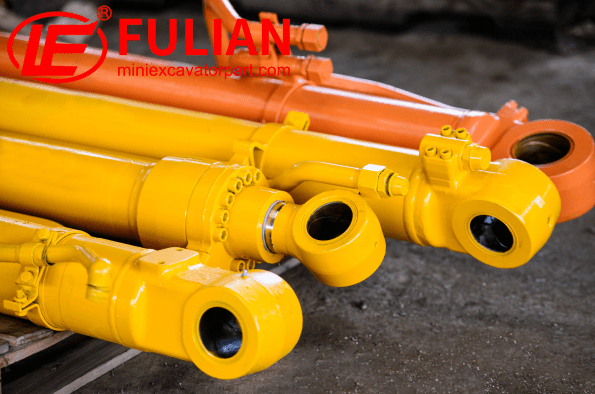
Monitor Alignment and Operation
Fall-off in Alignment: Proper alignment of the excavator tracks is partially maintained by the track adjuster. Misalignment, uneven wear, or frequent de-tracking are signs that the adjuster may need replacement.
Unexpected Noises: Pay attention to any atypical noises coming from the track area during operation. Clicks, grinds, or squeals can signify a malfunctioning adjuster.
Assess Hydraulic Function
Loss of Hydraulic Integrity: Since track adjusters work hydraulically, a loss of pressure or sluggish hydraulic response might signal that the adjuster is no longer performing efficiently.
Performance Decline: Any noticeable drop in performance related to the undercarriage, such as steering issues or mobility difficulties, warrants a closer look at the track adjuster.
Consider Operation Constraints
Operating Hours: Like all excavator components, track adjusters have a service lifespan. Regularly review the operating hours on your equipment, and follow the manufacturer’s guidelines on service intervals.
Working Conditions: The harshness of the operating environment, including weather, terrain, and usage intensity, can accelerate the wear and tear on track adjusters, prompting earlier replacement.
Maintenance Records
Keep Good Records: Document all maintenance performed on your excavator. Review these records to track the service history of the track adjuster, as recurring problems are an indicator of looming failure.
Conclusion
In summary, recognizing the need for a new track adjuster involves inspecting for physical damage, monitoring track tension and alignment, listening for unusual operation noises, assessing hydraulic function and overall performance, considering operation constraints, and analyzing maintenance records. A proactive approach ensures that you catch issues early and avoid costly downtime, underlining the importance of regular visual checks and proper maintenance practices. If any of these signs are evident, it’s wise to consult with a professional or the manufacturer for advice on whether it’s time for a replacement.
Fulian Operation Team
2024.4.3

